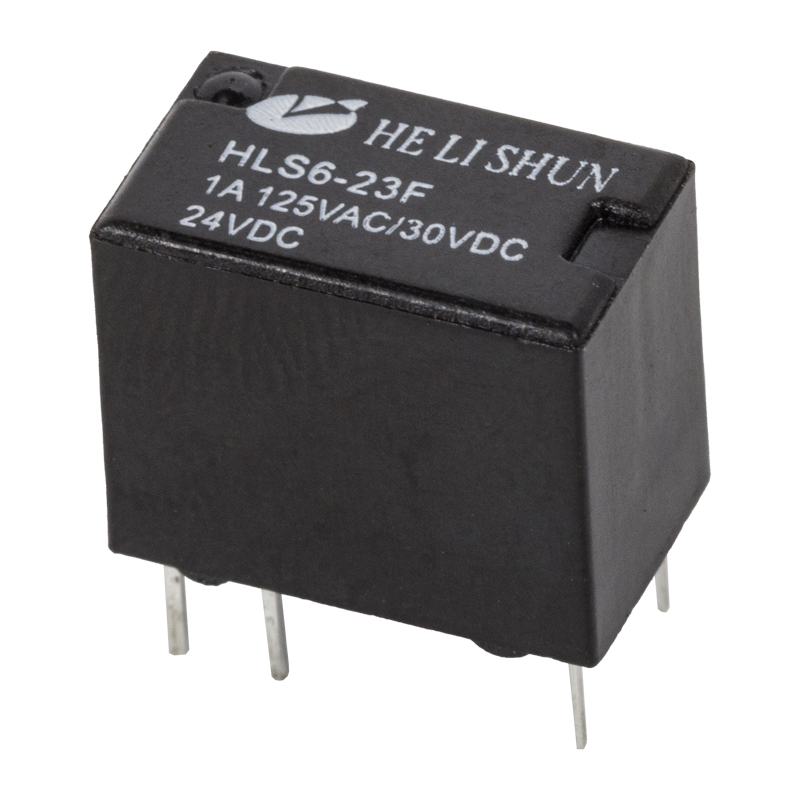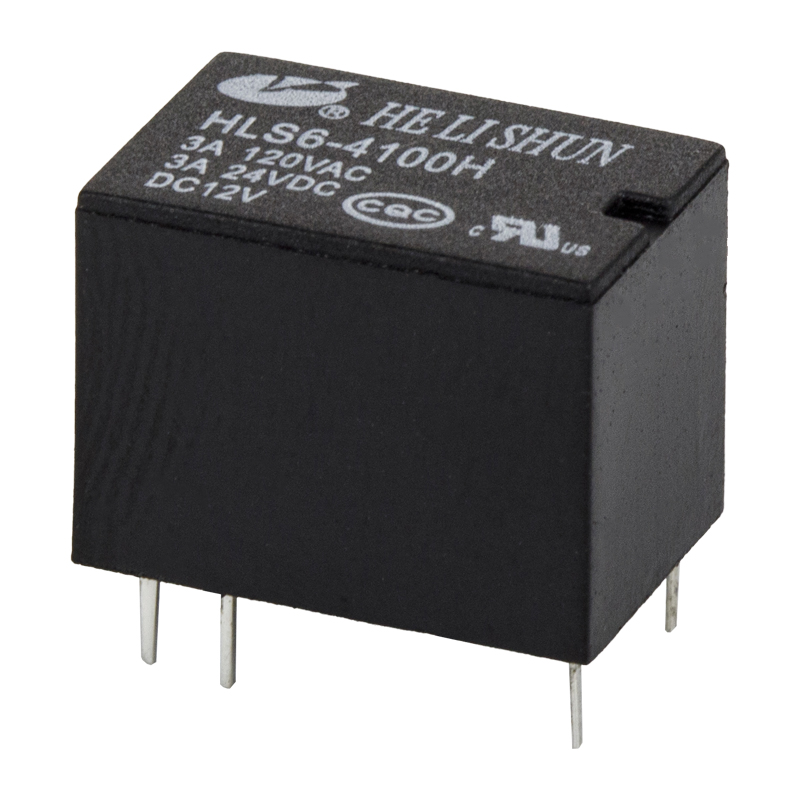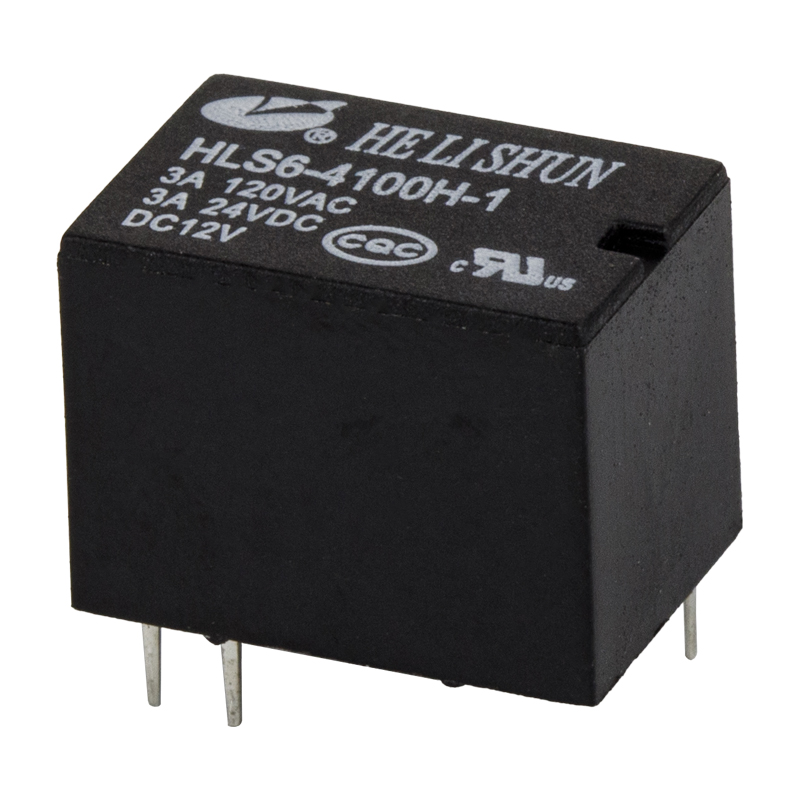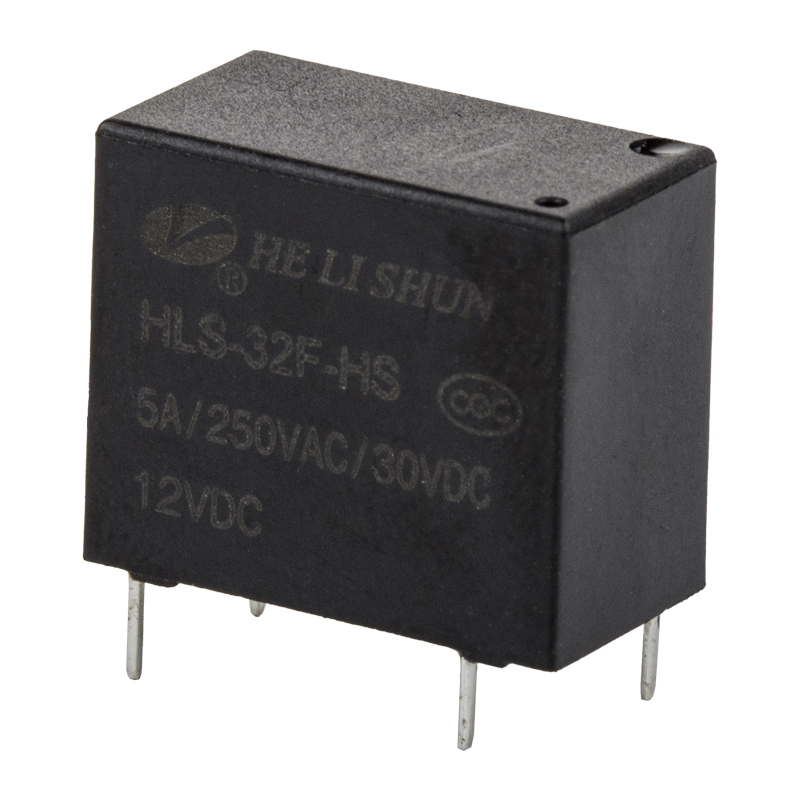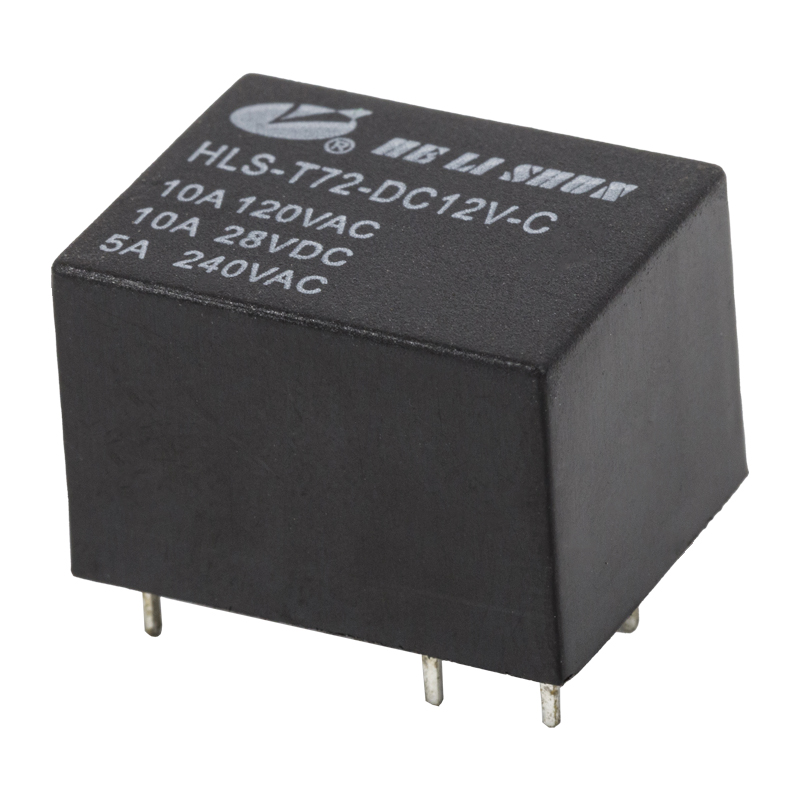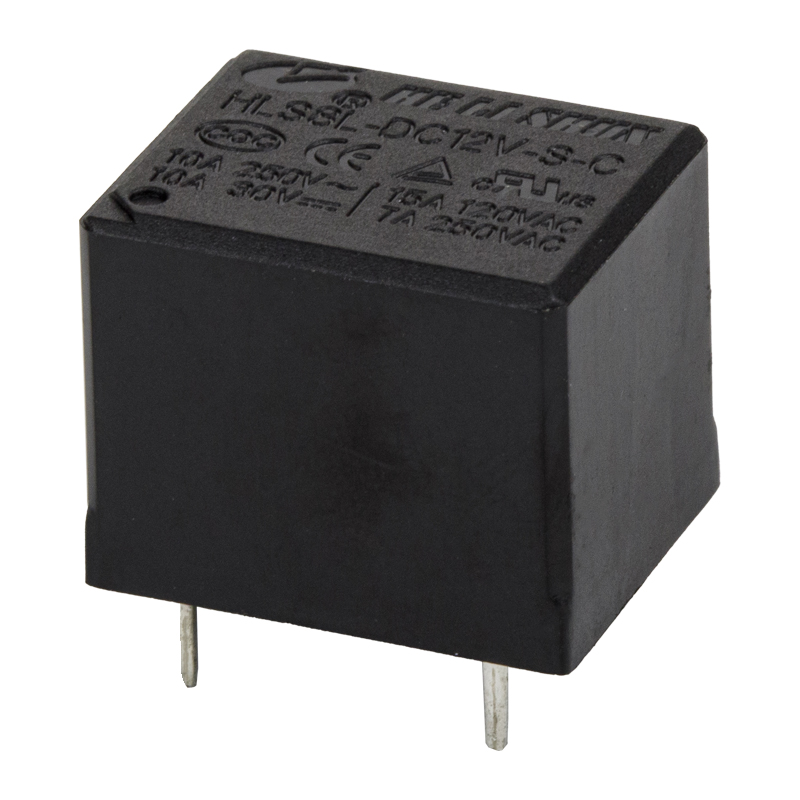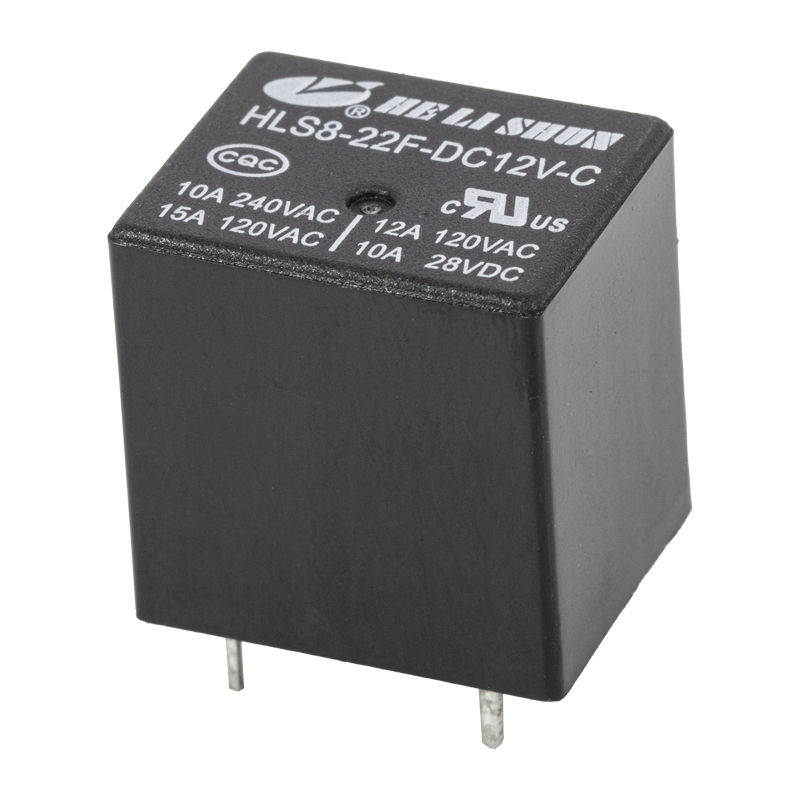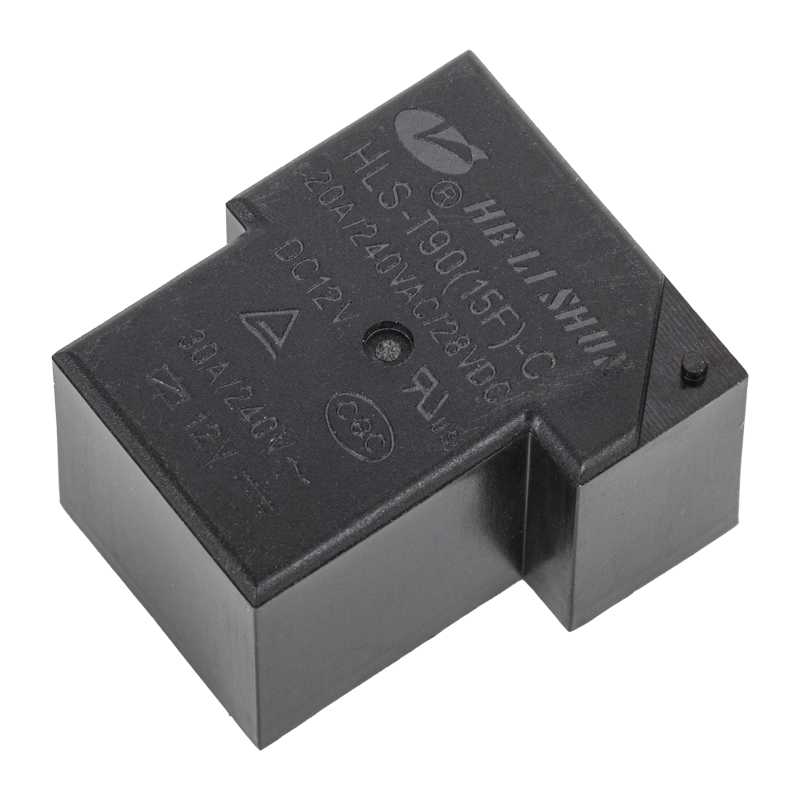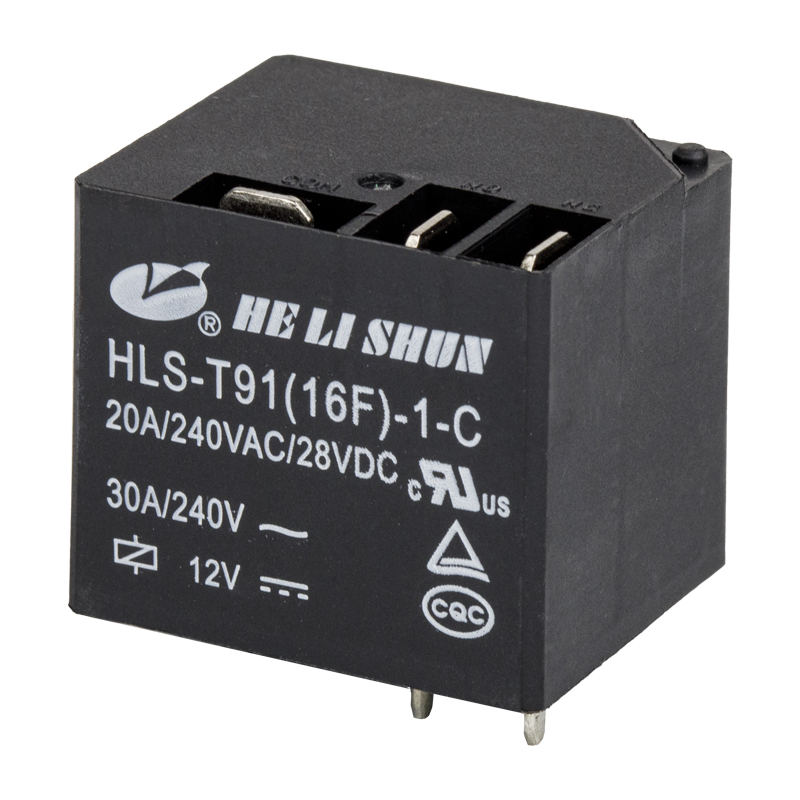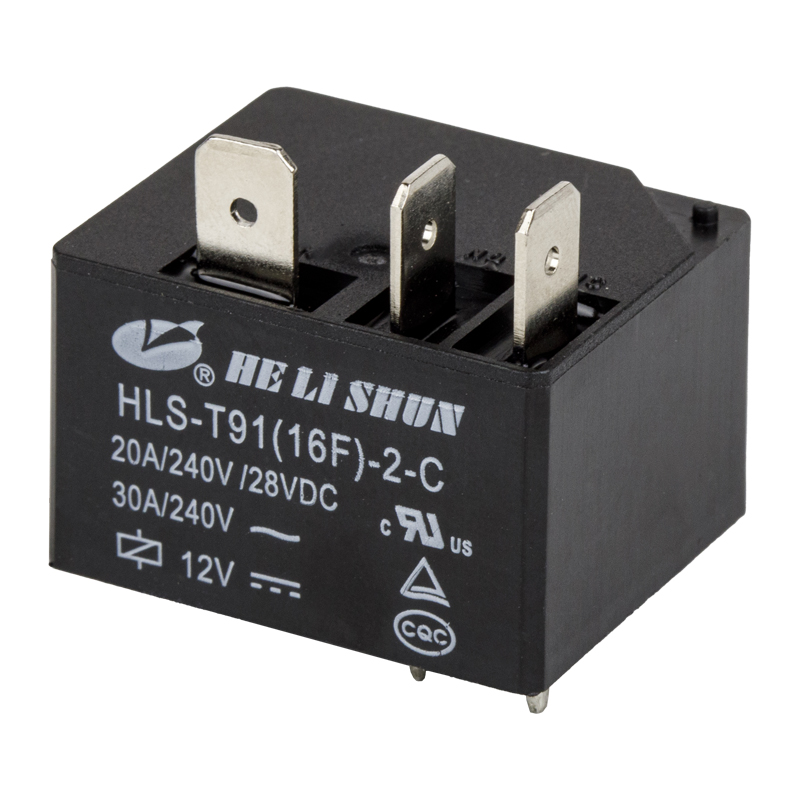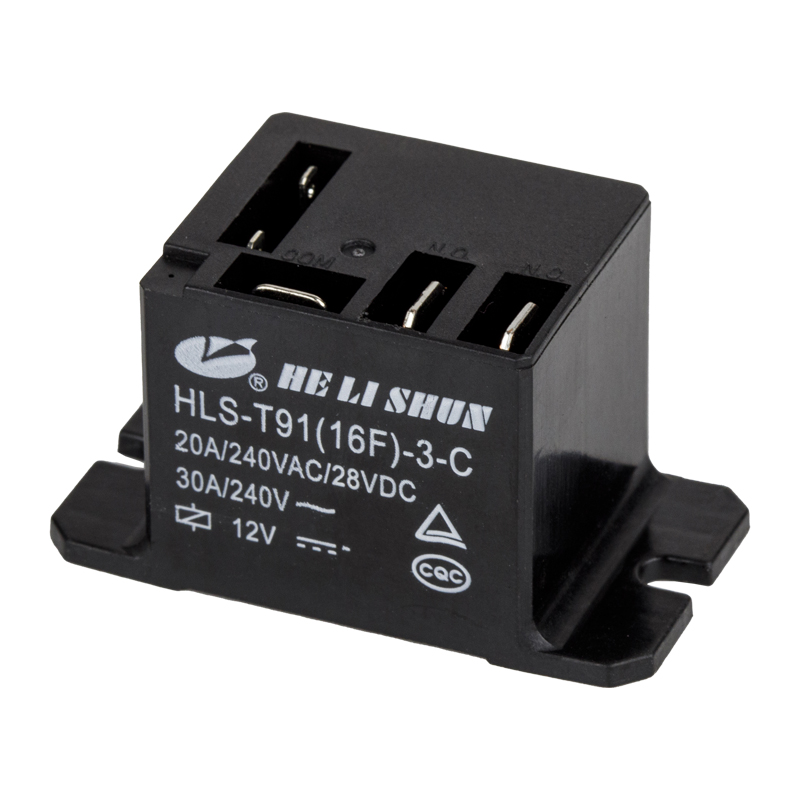This high-power relay is suitable for a variety of applications requiring high current and high voltage control, including the following:
Industrial Automation: In industrial automation systems, high-power relays are used to control high-power devices such as motors, solenoid valves, and heating elements, ensuring efficient operation of production lines.
Power Systems: In power systems, high-power relays perform critical tasks such as protecting the power grid and switching power sources, ensuring the safe and stable operation of the power system.

New Energy: In new energy sectors such as wind and solar power generation, high-power relays are used to switch high-power devices such as solar arrays and wind turbines, ensuring efficient energy utilization.
Medical Equipment: In medical equipment, high-power relays are used to control high-power devices such as X-ray machines and CT scanners, ensuring their proper operation.
Automotive Systems: In automotive systems, high-power relays are used to control high-power circuits such as headlights, horns, fans, and air conditioning systems, ensuring the stable operation of the vehicle's electrical system.
Home Appliances: In the home appliance sector, high-power relays are used to control components such as compressors, fans, and pumps, ensuring the safety and reliability of home appliances.
Aerospace and Defense Systems: In aerospace and defense systems, high-power relays control the power circuits of high-power systems such as missiles and satellites, ensuring reliable operation.
Commercial Applications: In commercial applications, high-power relays are used in electric vehicles, submarine cable branching systems, deep-well oilfield exploration, battery backup, and uninterruptible power supply systems, ensuring system stability and safety.
These applications fully demonstrate the advantages of high-power relays in handling high current and high voltage loads, making them an indispensable key component in industrial and power systems.
What precautions should be taken when using this high-power relay?
When using this high-power relay, the following key issues should be considered to ensure stable and safe operation:
Contact Load Matching: The contact load of a high-power relay should match the voltage and current in the actual application. If a relay with a low contact load is used to control high current or high voltage, it may cause contact burnout or failure.
The Impact of Voltage and Current: The voltage and current values across the contacts (especially the voltage and current waveforms during connection and disconnection) have a significant impact on contact life. At high voltages, especially when disconnecting inductive loads, reverse voltage can cause contact material transfer and sticking. Furthermore, contact switching capacity under direct current (DC) voltage is generally lower than under alternating current (AC) voltage because DC arcs are more difficult to extinguish.
Inrush Current: The inrush current during closing significantly impacts contacts. For example, the high inrush current during motor startup can accelerate contact wear and material transfer, and even cause contact sticking.
Environmental Conditions: Relays should be used in environments with normal temperature and humidity, and low levels of dust and harmful gases. Avoid prolonged operation in environments with high temperature, high humidity, or the presence of corrosive gases, as this may affect relay performance and lifespan.
Installation and Wiring: When installing, select a dry, dust-free location and pay attention to the quality of the PCB terminals. When using crimp terminals, refer to the terminal clearance shown in the diagram and avoid applying excessive force to the terminals. The tightening torque for coil terminals is 0.98 N·m and for contact terminals is 1.37 N·m.
Coil Voltage and Polarity: For DC relays, rectangular wave control should be used whenever possible; for AC relays, sine wave control should be used whenever possible. Also, pay attention to the polarity of the coil voltage, especially for polarized relays. Incorrect polarity may cause the relay to malfunction.
Safe Operation: When installing, maintaining, or troubleshooting relays, always disconnect the power supply to prevent electric shock. Contact defects such as sticking, poor contact, or broken wires can cause fire or other safety hazards, so it is recommended to use dual safety devices.
Avoid Overload: Do not operate relays beyond the specified contact voltage, current, and switching times specified in the product manual. Doing so may cause abnormal heating, smoke, or even fire.
Heat Dissipation and Temperature Rise: High-power relays generate heat during operation, so ensure adequate heat dissipation. For solid-state relays, it is recommended to install them away from heat sources in a location with good heat dissipation and, if necessary, install a cooling fan.
Avoid Physical Damage: Relays should be handled with care to avoid dropping or impact. If a relay falls, it is recommended to isolate it and return it to the manufacturer for inspection before use.
By following the above precautions, you can effectively extend the service life of high-power relays and ensure their reliability and safety in various applications.




 English
English 中文简体
中文简体
